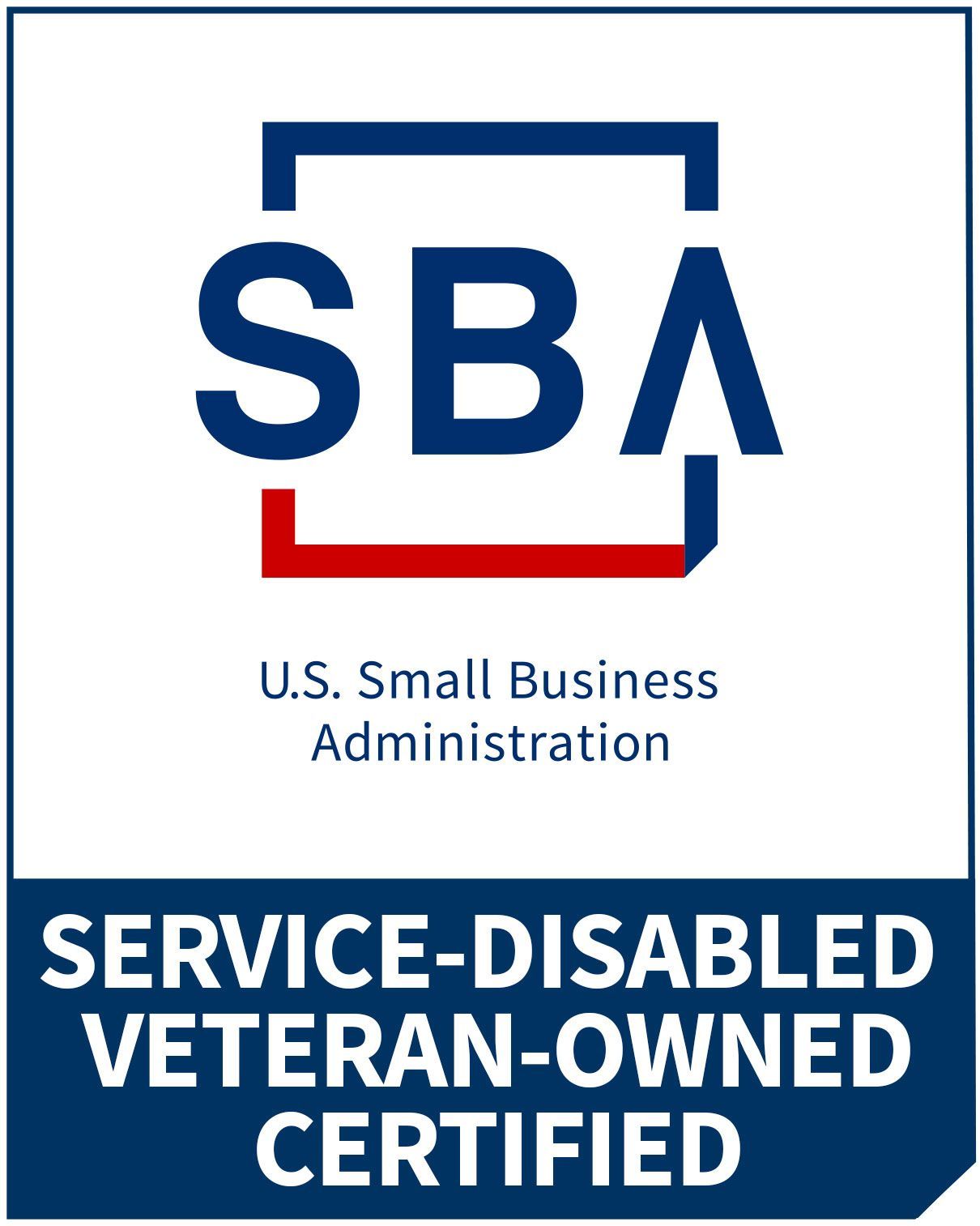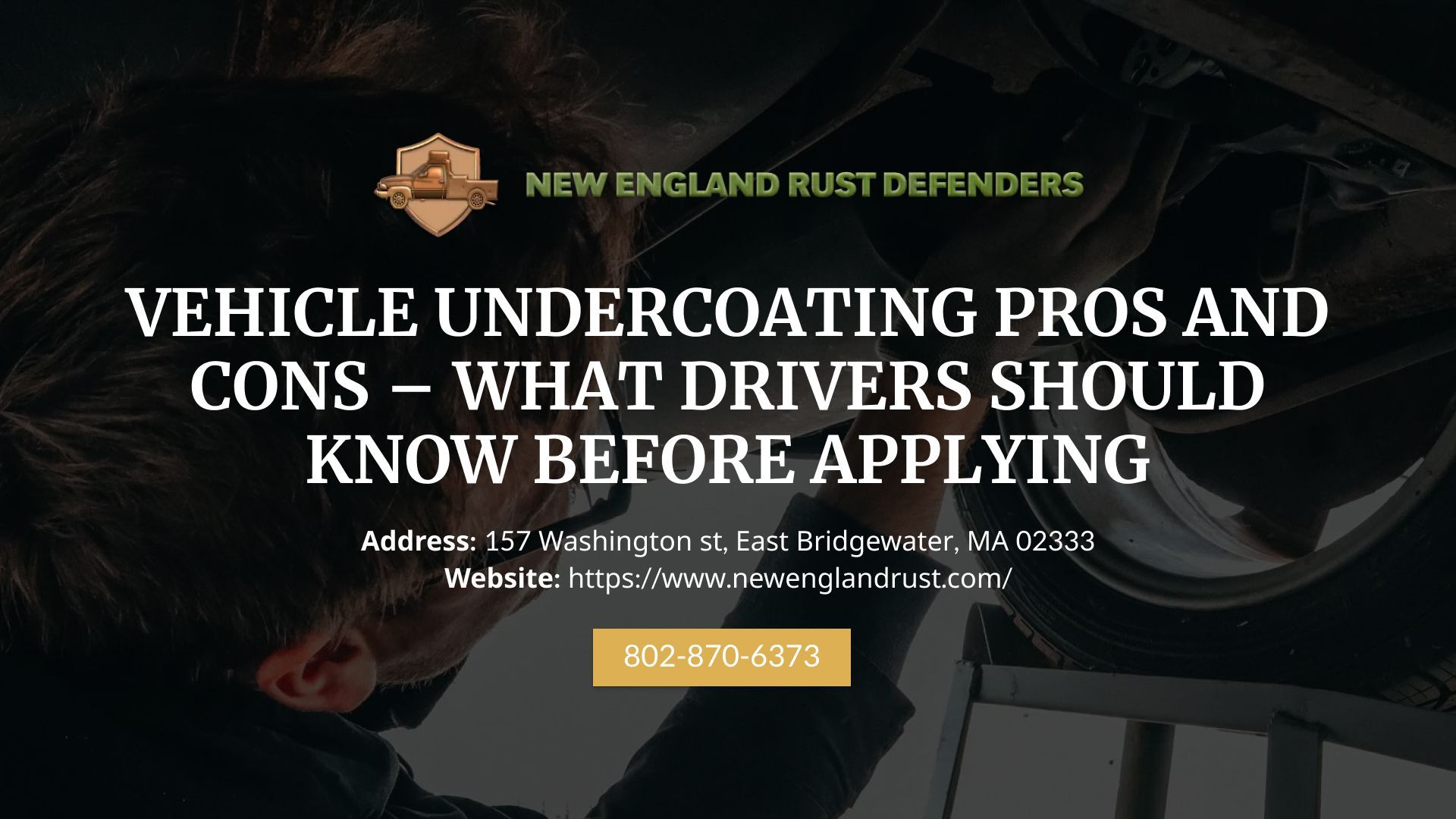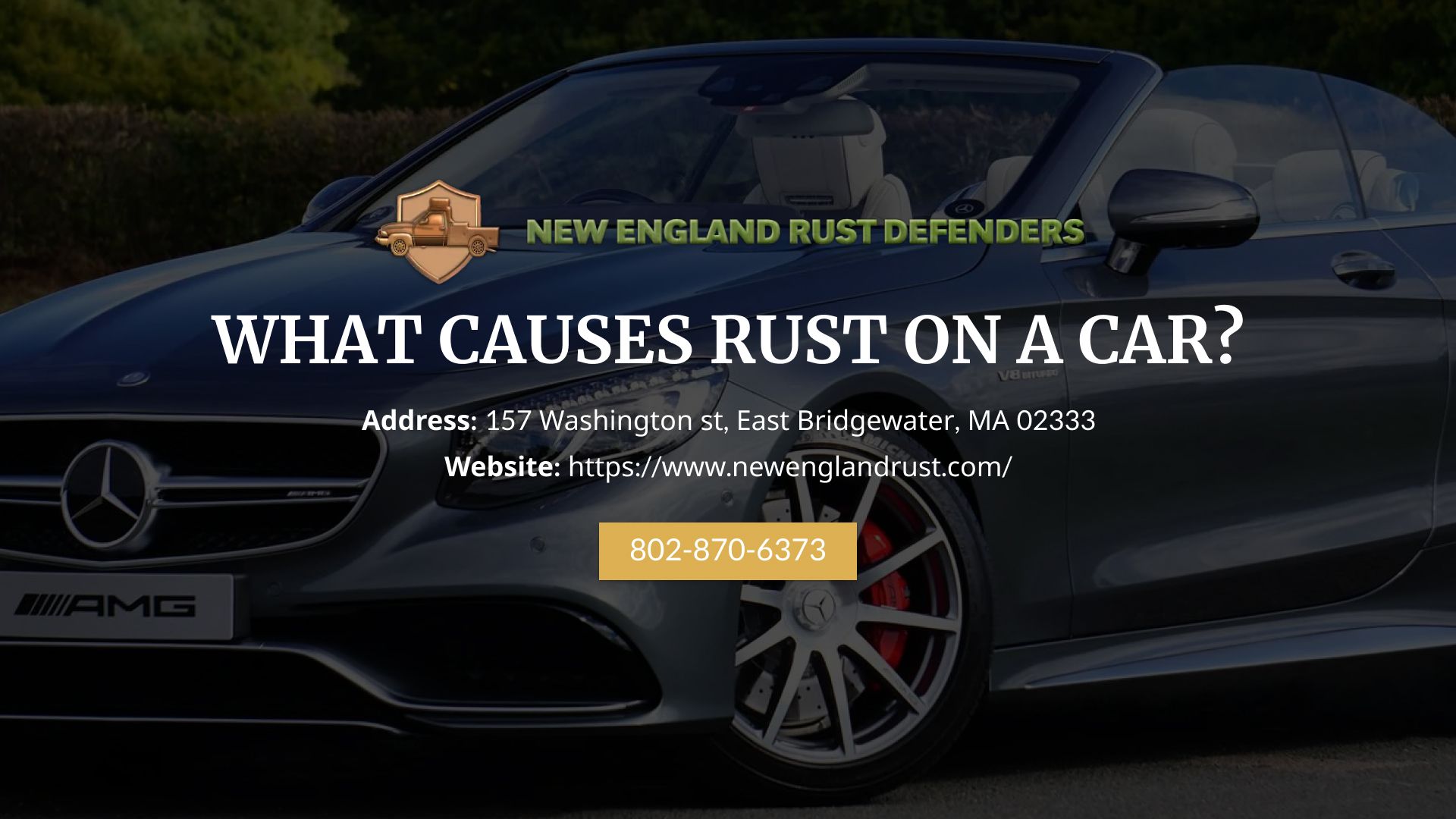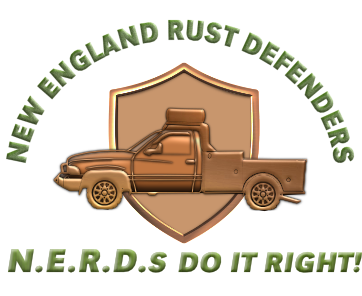Car Rust From Salt – Is Road Brine Bad For Vehicles In Winter?
Winter roads may look safe after snow is cleared, but salt snow residue brings another problem.
Car rust from salt is a frequent cause of damage to both a car's body and undercarriage. In this blog, we break down the reasons why road salt is bad and the best ways to protect your car in winter.
Key Takeaways
- Road salt, usually sodium chloride mixed with water to form brine, adheres to vehicles and causes corrosion.
- This hastens electrochemical damage, degrades paint, and leads to rust.
- Road brine damages vehicles by causing undercarriage corrosion, brake line failure, exhaust rust, and paint bubbling.
- Early signs of salt damage include surface rust spots, flaking undercarriage metal, and noisy or stiff brakes.
- Prevent car rust from salt with regular washes, protective coatings, rust inhibitors, and smart winter parking habits.
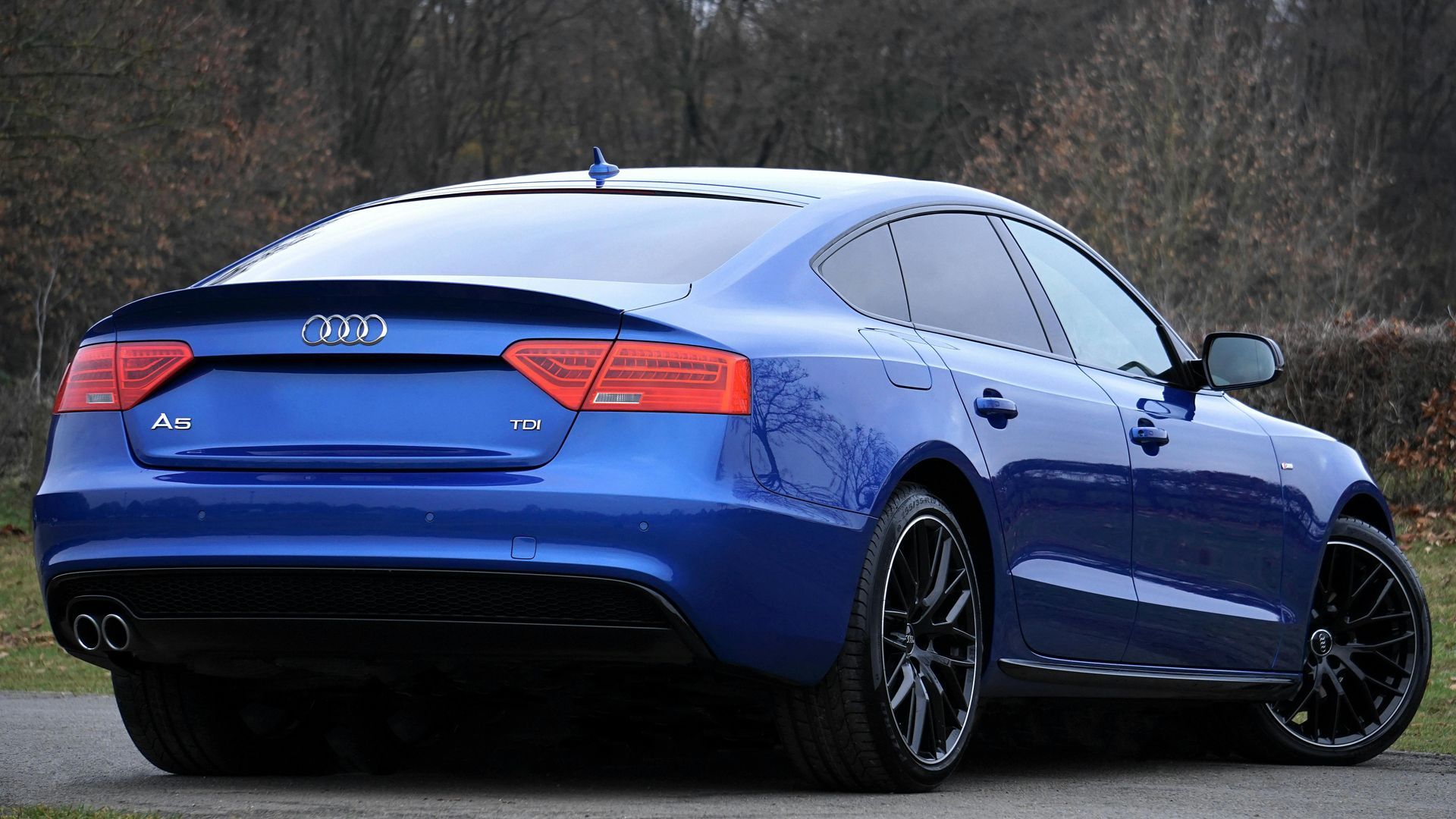
What Is Road Salt?
Road salt is sodium chloride, a mineral compound spread to melt snow and ice. Cities often mix salt with water to make road brine, which will stick to tires and the bottoms of cars. While salt improves traction, the residue left on vehicles triggers long-term oxidation, metal deterioration, and eventually car rust from salt.
How Does Road Salt Cause Rust On Cars?
Road salt reacts with oxygen and moisture, creating conditions for electrochemical corrosion. Once the brine coats exposed steel, the weakened paint barrier no longer protects the surface. Oxygen then reaches bare metal, starting a process that spreads rust across body panels and undercarriage parts.
Salt Dissolves In Moisture
Salt quickly dissolves in melted snow, forming a conductive brine. This liquid clings to wheel wells, frames, and fuel lines, keeping metal surfaces wet for long periods. The constant presence of brine speeds up the transfer of electrons that begin the rust cycle.
Corrosion Process Begins
With brine in place, oxidation accelerates. Strong steel converts into brittle iron oxide, weakening panels, joints, and suspension components. This stage marks the visible beginning of structural and cosmetic damage from winter road salt.
Is Road Brine Bad For Vehicles?
Yes, road brine is bad for vehicles. Salt brine creates constant exposure to corrosive water, attacking both exterior surfaces and internal systems. Common issues include:
- Undercarriage Corrosion: Brine eats away at structural steel, suspension arms, and fuel lines.
- Brake & Exhaust Damage: Corroded brake lines reduce stopping power, while mufflers and pipes weaken. Severe corrosion often requires fixing vehicle rust with professional methods.
- Paint & Wheel Well Damage: Chips and scratches allow brine to enter, causing bubbling and flaking paint.
How To Spot Early Signs Of Salt Damage To Cars
Detecting salt damage to a car early prevents expensive rust repair costs. Look for surface rust, check the undercarriage, and pay attention to performance changes.
- Surface Rust On Paint: Small orange spots or bubbling along body panels.
- Flaking Undercarriage: Peeling metal on frames, axles, and protective shields.
- Stiff Brakes Or Exhaust Noise: Grinding brakes or rattling mufflers may signal corrosion.
How Long Can Salt Stay On Your Car Before It Causes Damage?
Salt should not remain on a vehicle for more than a few days. Leaving residue for weeks greatly increases corrosion speed, causing hidden rust in hard-to-reach areas. Frequent cleaning reduces this risk during winter.
Steps To Prevent Car Rust From Salt This Winter
Simple steps keep vehicles safe from salt corrosion. Consistent washing, protective barriers, and smart parking limit exposure to road brine.
Wash Your Car Regularly
Rinse salt snow residue after every snowstorm. Focus on the undercarriage, wheel wells, and rocker panels where brine collects.
Apply Protective Coatings
Apply protective coatings such as ceramic coating, wax, or undercoating to block salt and moisture. These layers prevent brine from reaching bare steel.
Learn more about what is undercoating for vehicles and how this service helps protect against road salt.
Use Rust Inhibitors
Professional rust inhibitors and sprays coat vulnerable parts like brake lines and fuel tanks, slowing chemical corrosion.
Park Smart During Winter
Avoid leaving vehicles in salted slush or puddles. Choose covered parking whenever possible to reduce brine exposure.
Give Your Car Lasting Protection With New England Rust Defenders!
Stop car rust from salt before it spreads. New England Rust Defenders offers professional car restoration service to protect frames, suspension, and body panels. Book an appointment today to keep your car strong all winter!

